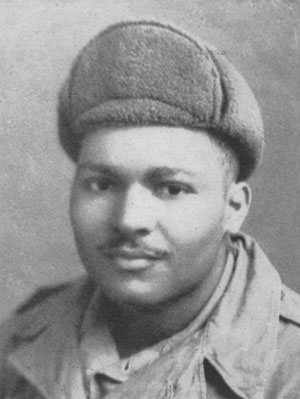

Remember...
Cornelius H. Charlton
1929-1951
". . . his daring exploits resulted in his death but his indomitable courage, superb leadership and gallant self-sacrifice."
Van and Clara Thompson Charlton gave birth to 17 children, including Cornelius H Charlton. Cornelius, known to family and friends as Connie, was born on June 24, 1929, at East Gulf, Raleigh County, a coal-mining town. His father was a miner for the Gulf Smokeless Coal Company, while his mother was a housewife. During the early 1940s, when Cornelius was in his mid-teens, he moved to Coalwood to live with his brother Arthur. He later moved with his mother and other family members to the Bronx in New York City. Cornelius graduated from Monroe High School while in New York.
He then joined the Army and enjoyed his time in the Army so much that he decided upon a career in the military. Cornelius served in the occupation army in Germany, and then the military sent him to the Orient in 1950. During the Korean Conflict, Cornelius H. Charlton served with the engineering group but he wanted to serve his country in combat and asked for a transfer to the 24th Regiment, the last all-black unit in the Army.
On June 2, 1951, the 24th Regiment was ordered to take Hill 543, near Chipo-ri, Korea. During the first assault, the enemy wounded the commanding officer, who was evacuated. Sergeant Charlton took command of the platoon and led the attack. He eliminated two enemy machine gun placements and killed six of the enemy himself. The platoon suffered severe casualties, which helped the enemy pin them down. Charlton regrouped the men and once again led them forward, but the enemy pushed them back with grenades. Although he was suffering from a chest wound by this time, Sergeant Charlton led a third assault, which captured the crest of the ridge. Spotting the enemy's emplacement that was slowing the attack, he charged it alone. The enemy threw grenades at him, but he managed to destroy the hostile position before he died from his wounds.
On This Day in West Virginia History: Cornelius Charlton

West Virginia Archives and History welcomes any additional information that can be provided about these veterans, including photographs, family names, letters and other relevant personal history.